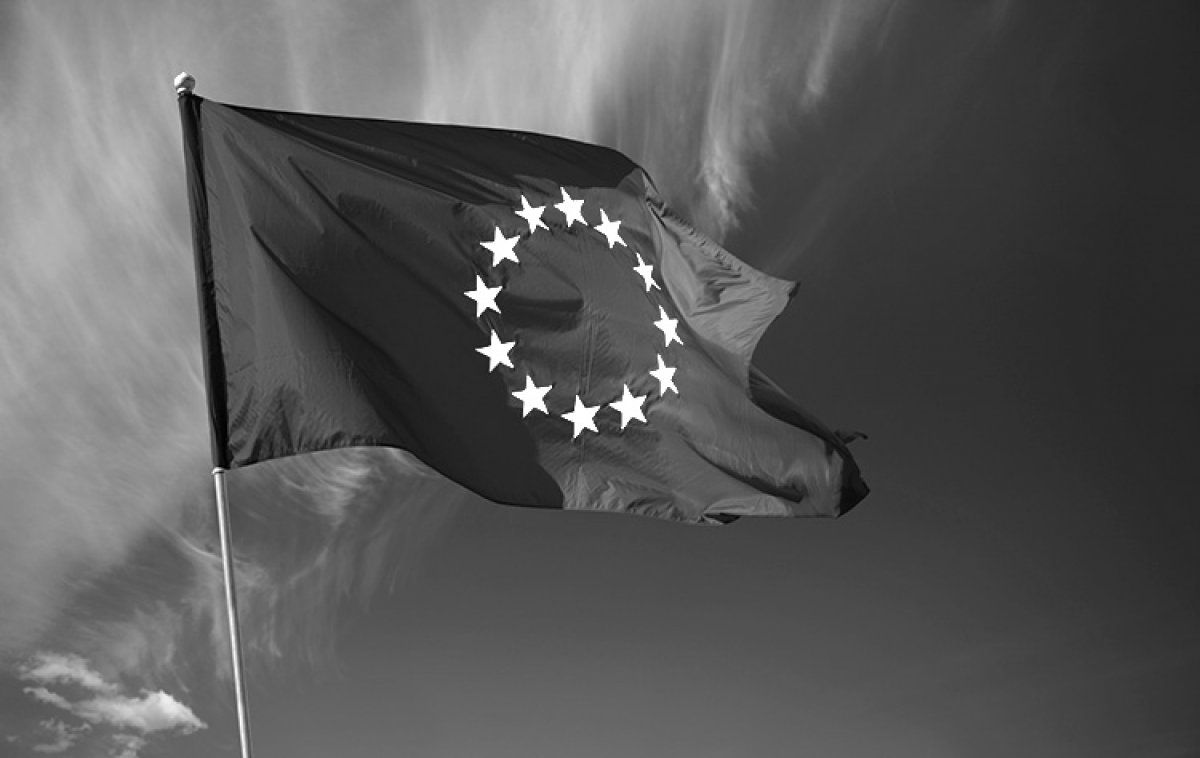
The RGPD and its impact on email marketing
The changes brought about by the new General Data Protection Regulations
On 25 May 2018, the new General Data Protection Regulation or RGPD entered into force. This has a direct impact on email marketing. And all email marketing professionals and newsletter senders have had to adjust to this legal change.
The main objective of the RGPD is to provide European citizens with greater control over the privacy of data and the use made of them by the companies to which they are provided. Therefore, this new regulation affects both companies located in Europe and those with European customers.
It also seeks to unify the existing regulations in the member states of the European Union. We must remember that in the case of Spain, the Data Protection Act is still in force.
How can I continue to do email marketing and comply with the RGPD?
The new regulation does not prohibit email marketing campaigns. However, we will have to take a number of actions to comply with the new European legal framework and thus avoid economic sanctions.
The regulation sets out different principles and obligations for companies. But how does this affect the sending of newsletters? Next, let’s see what’s new about it.
Subscription forms
When it comes to recruiting new subscribers, you usually have a subscription form. This one has to comply with two points:
A box to be ticked by the user indicating that he/she accepts the privacy policy.
It must include a text in which the user is provided with all the necessary information. It will collect who collects the data, for what purpose, what tools are being used to capture the data and how they are being used.
These two requirements make pop-ups or the placement of forms in the middle of a text inappropriate. The best option is at the end of a text or in a side banner of the website.
It is also advisable to incorporate double opt-in. That is to say that in addition to sending us the data when you subscribe via the web, you must confirm your subscription to the newsletter by replying to the verification email. In this way, we also comply with another of the requirements: explicit consent.
Explicit consent
When recruiting new contacts and adding them to our database, we must have express authorization from the user. By this consent, the user explicitly agrees to receive our commercial communications via e-mail.
Complying with the new RGPD requires being very transparent with our subscribers, so the texts must be very clear. This means that it must be clearly explained how the data we have collected will be processed and only used for this purpose.
Likewise, the explicit consents of those subscribers prior to May 25, 2018 must also be compiled.
Retention of data
On this point the RGPD is not very clear. There are no exact measures as to how data are to be stored or how consents are to be collected. And those data for which we do not have the consent will have to be deleted from the database. In this way, we will comply with another of the points of this new data protection regulation.
Although at first it may seem the opposite, RGPD brings a number of advantages to businesses. By complying with it you will avoid: pay the high penalties, you will be able to get rid of obsolete data, you will start to really make your data profitable and you will know for sure who your real customers are.
As a result, your newsletter will bear fruit because your users will be truly interested in your communications. In the latter, at BCM we can help you make them much more effective.











